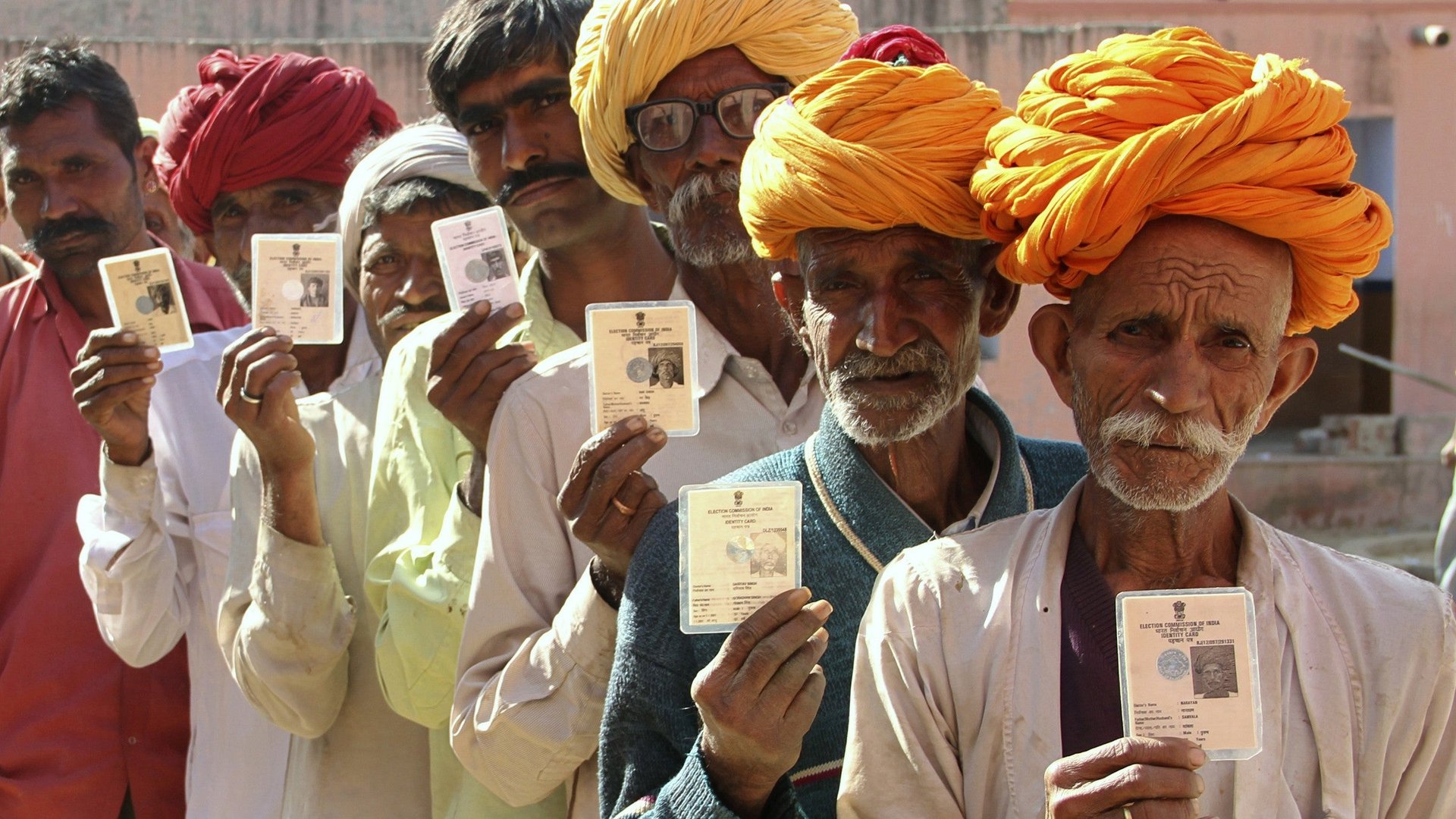Lesson from a new Indian government’s rollout: Modi doesn’t do small
Fifteen million Indians who have never known the benefits of a bank account queued up at 77,000 account-opening camps across the country yesterday as the Narendra Modi government’s first major flagship scheme—the Jan Dhan Yojna, or people’s wealth scheme—got a dream start.


Fifteen million Indians who have never known the benefits of a bank account queued up at 77,000 account-opening camps across the country yesterday as the Narendra Modi government’s first major flagship scheme—the Jan Dhan Yojna, or people’s wealth scheme—got a dream start.
Fifteen million accounts were opened on the first day; Modi’s affinity for doing things at scale found expression here. These accounts give users access to the following: a RuPay debit card, a health cover of Rs30,000 and accident insurance of Rs100,000. After six months of operating the account, users will have access to overdraft of Rs5,000. That is a good incentive to open an account and gives ready access to a significant amount of credit in a country where people end lives over indebtedness of small amounts of money and high interest rates.
The scheme aims to cover 60% of India that is unbanked. It seeks to make sure every household in the country has at least one bank account. Opening bank accounts is meaningless if people have to travel long distances to reach a bank branch or an ATM. So the scheme is opening 7,000 new branches in rural areas and 20,000 new ATMs. An additional 50,000 banking correspondents (executives who travel to rural areas with banking devices) are being recruited.
As an objective, financial inclusion is hard to argue against. People who have bank accounts are more likely to save and gets easier access to credit. It protects families from financial ruin in the event of theft or natural calamity. But in a country like India, there is no shortage of worthy or urgent causes. All of them need to be urgently tackled. And it is easy to think of more populist schemes.
Financial inclusion is in comparison hardly populist. During election season, political parties across the country promise freebies and sops. Bank accounts and insurance schemes are hardly ever promised. This is because the benefits of a bank account are neither immediate nor obvious to someone who is unfamiliar with modern banking.
And yet, universal banking access can be the foundation to many well-implemented social security schemes and direct benefit transfers that can replace India’s leaking and fiscally ruinous subsidy regime. And the Modi government deserves praise for prioritising it and getting it off to a great start. The response on day one validates the decision.
Two things, apart from lack of awareness, hindered access to banking. One is the physical remoteness from bank branches and ATMs. And the other is the Reserve Bank of India-mandated “know your customer” norms that prescribed paperwork most poor people didn’t have, to open bank accounts. The second one locked out millions of Indians out of the formal banking and credit system, leaving them to the mercy of predatory money lenders.
Modi government did well to build on the previous United Progressive Alliance government’s work in enabling inclusion and eschewing the partisan temptation to junk them. This meant that millions of Indians could walk into a Jan Dhan camp with an Aadhaar card or a MNREGS (Mahatma Gandhi National Rural Employment Guarantee Scheme) job card signed by a district official and get an account opened. This tweaking of the KYC norms alone would have brought millions into the formal banking system.
The next step in this scheme ought to be to strengthen mobile banking. India is a geographically vast country and there will never be enough bank branches and ATMs to adequately serve all of its citizens. The good news is, there needn’t be. The government should work with RBI and mobile operators to strengthen mobile banking. In much of the developing world, robust payments system through mobile networks (and you don’t need 3G, data or smartphones for this) have existed for more than a decade. India should take advantage of its massive mobile subscriber base. Once payments and credit start flowing through airwaves, bypassing the need for physical currency or ATMs, India will race much faster towards universal financial inclusion.